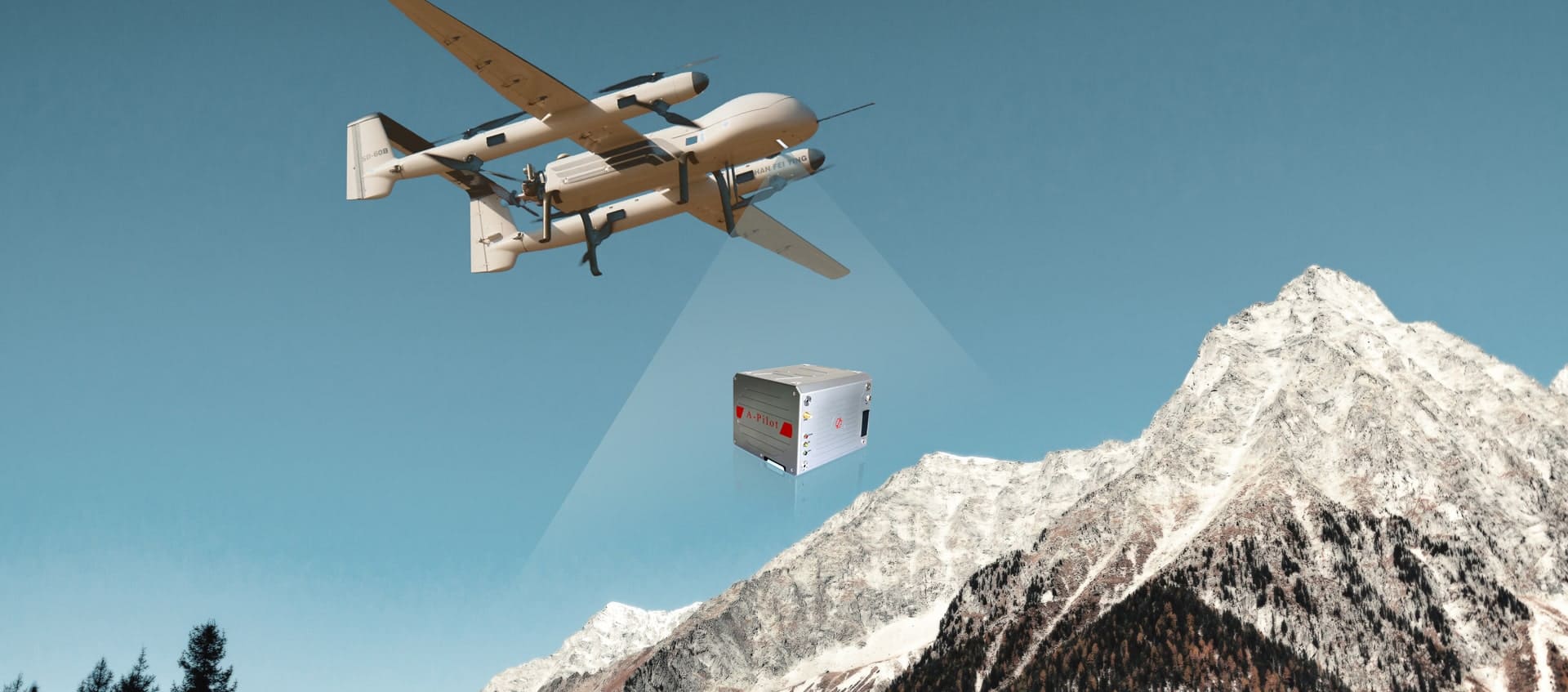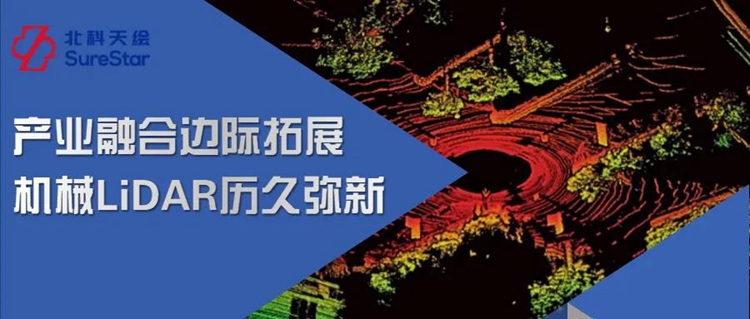
The mass production of self-driving vehicles has entered the "sprint phase", allowing lidar to be popular from the beginning of the year to the present.
Solid-state lidar, as the best choice for "pre-installation, mass production, and on-board" autonomous driving, has naturally received the greatest attention from the industry and society.
In contrast, the mechanical lidar with the longest history and the most mature technology feels a little downturn when the overall situation of the industry is very good.
Some people say that mechanical lidar has been eliminated by the years and the market. But in fact, is this really the case?
Will mechanical lidar withdraw from the stage of history?
The many good news in the autonomous driving track have made lidar more popular than ever.
From the collective strength of concept stocks at the beginning of the year, to the concepts of "Eve of Mass Production" and "First Year of Pre-installation" that were constantly created by the outside world, to the launch of the first L3 mass-produced autonomous car equipped with Lidar...
In the continuous information bombing that dazzled industry insiders and onlookers, most people's attention on lidar was focused on solid-state lidar.
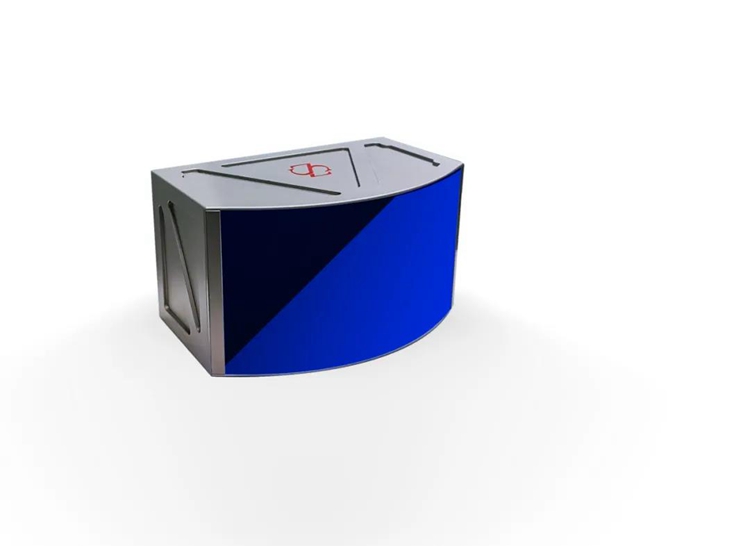
The world's first 256-line automotive-grade solid-state lidar C-Fans-256
As the "old predecessor" mechanical lidar, it seems very quiet. Velodyne, the pioneer of mechanical lidar, has repeatedly "fighted", and executives have left one after another. Perhaps it is the only "hot spot" related to mechanical lidar this year.
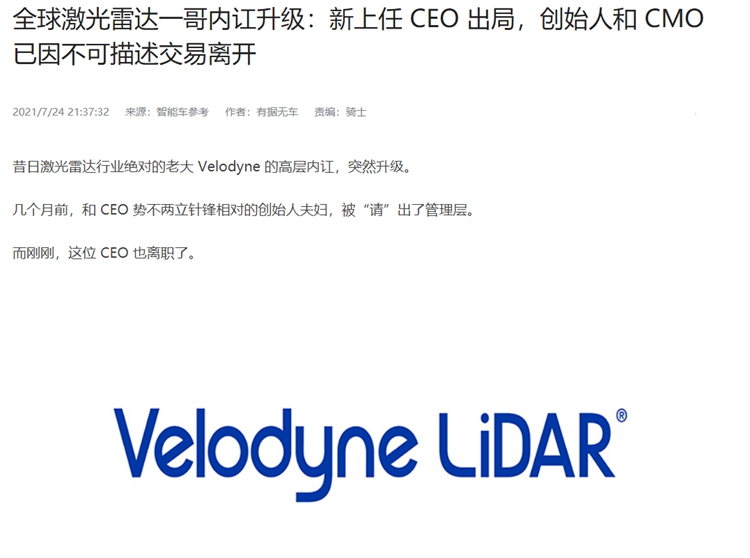
Solid-state LiDAR followed in the mass production of car gauges. Star companies in the industry continue to expose negative news. Many people have questions: Is it possible that mechanical lidar will withdraw from the stage of history during the explosive growth of the track? Is it?
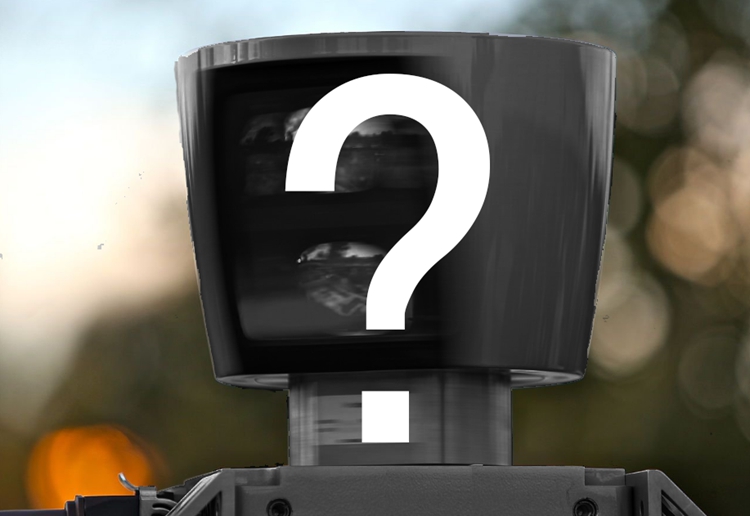
LiDAR still has great achievements
Although solid-state lidars have made the most of the limelight in the self-driving passenger car market, mechanical lidars also have their own strengths. Both now and in the future, they can play a vital and even irreplaceable role in many scenarios.
Mechanical lidar is currently the most technologically mature route, and it is also an earlier scheme adopted by autonomous driving companies. Through the mechanical structure, the vertically arranged laser generator can be rotated 360°, so as to realize a comprehensive scan of the surrounding environment. It has the characteristics of fast scanning speed and strong anti-light interference ability.
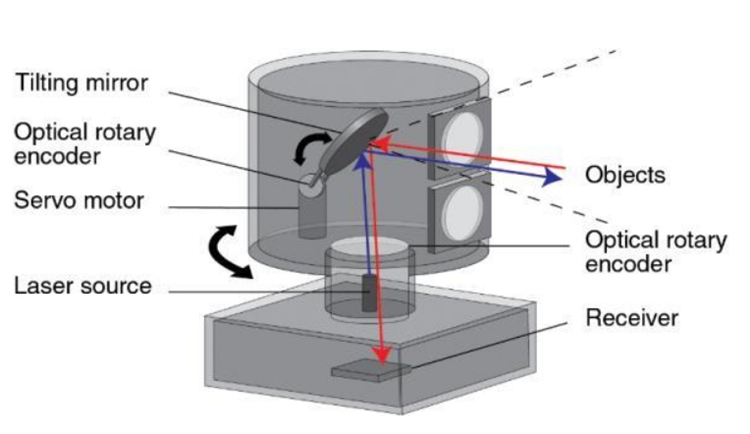
Structural principle of mechanical lidar
Once upon a time, high price, large size, inability to pass the car regulations, complicated technology, and low production efficiency were all bottlenecks for the mass production of mechanical lidar. Mechanical lidar has overcome the above difficulties one by one in recent years. However, the solid-state lidar, which is more suitable for pre-installation and easier to comply with vehicle regulations, has also made breakthroughs in cost, size, production technology and efficiency, and has become the "optimal solution" for lidar types on autonomous vehicles.
The gradual distance from the passenger car market does not prevent the stage of mechanical lidar from being "broad and wide." The 360° scanning field of view brought by the rotation of the physical structure allows the mechanical lidar to cover a large area around the device very quickly.
Take the R-Fans series of high-performance mechanical lidar independently developed by Surestar as an example: the whole series of products, weighing 738 g, have an ultra-long range measurement of 200m and a high range accuracy of 2cm, and can take into account the pitch. Angle and angular resolution.
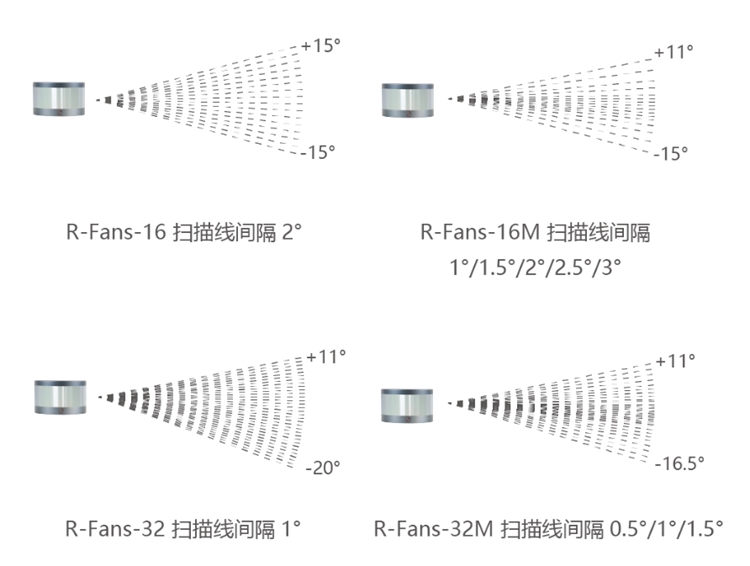
Based on high-precision laser echo signal measurement technology, R-Fans has the technical characteristics of long range, high measurement accuracy, and accurate echo intensity. It is a product that fully embodies the outstanding perception ability of lidar equipment.
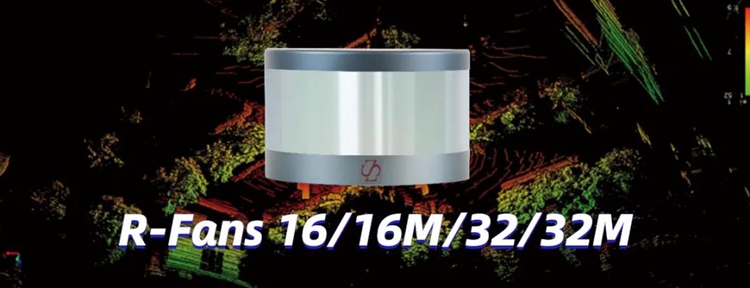
Despite the complicated mechanical mechanism inside the mechanical lidar, due to the need to always maintain a high-frequency rotation state during the scanning operation, the failure period of the device is difficult to meet the requirements of vehicle-level equipment. However, the R-Fans series of products have been used in many fields such as functional unmanned vehicles, flight platform obstacle avoidance, intelligent robots, SLAM mobile measurement, etc., by virtue of their precise perception, small size, simple structure, convenient installation, and easy integration.
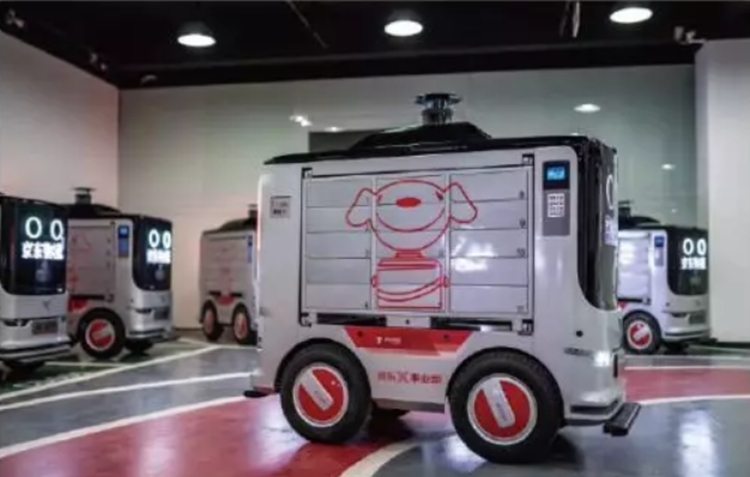
Unmanned logistics vehicle equipped with R-Fans lidar
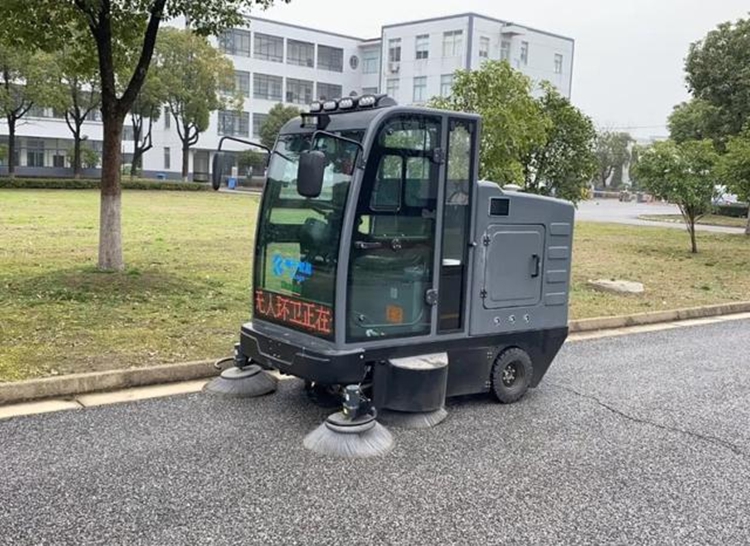
Unmanned sanitation vehicle equipped with R-Fans lidar
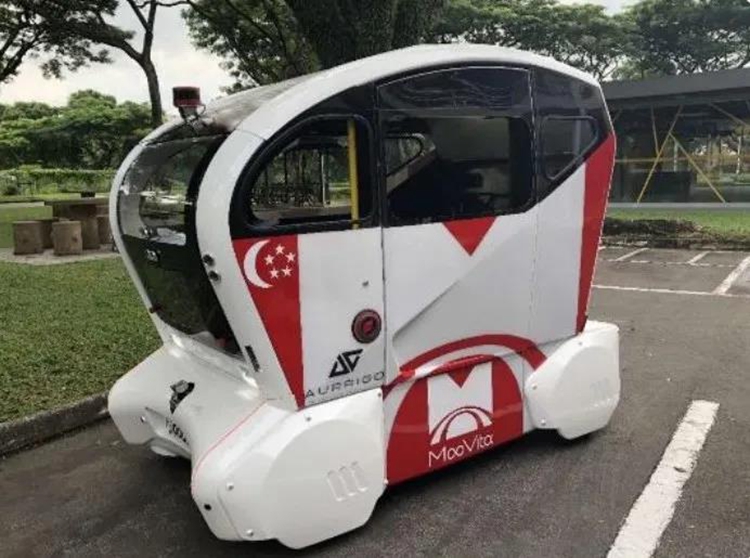
Unmanned shuttle vehicle equipped with R-Fans lidar
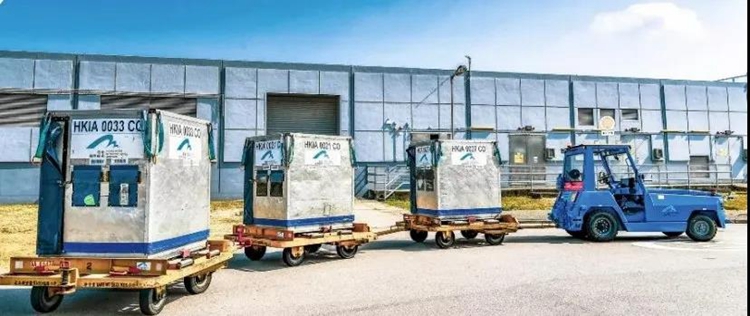
Unmanned tractor equipped with R-Fans lidar
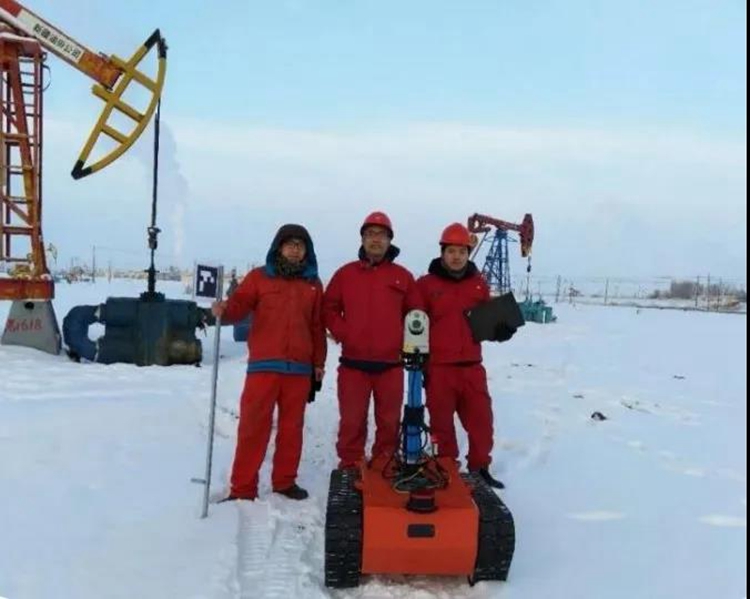
Unmanned oil field inspection vehicle equipped with R-Fans lidar
Industry integration releases more possibilities
In addition to perception performance, R-Fans also relies on its advantages in other directions to show its talents on the stage of integration of the lidar industry.
The entire series of R-Fans products have undergone strict reliability tests and can ensure normal operation of the equipment under the condition of continuous working for more than 1000 hours. And obtained the radar radiation safety certificate issued by the US FDA. In addition, R-Fans also has ultra-low power consumption less than 8w and an industrial protection level of IP67.
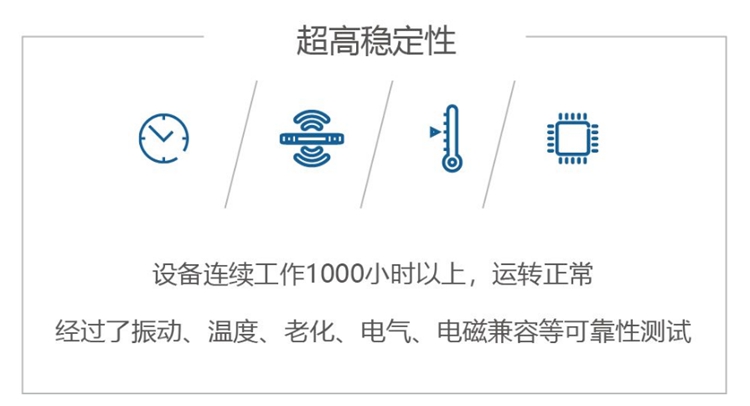
High product reliability and good environmental adaptability enable this high-performance mechanical lidar to work normally in complex or even harsh environments such as high and low temperatures, humidity, and electromagnetic interference. The improvement of product stability has enabled R-Fans to enter many environments where mechanical lidars could not enter smoothly, and maintain normal equipment operation status, which greatly expands the margin of application scenarios of mechanical lidars.
In addition, thanks to the gradual maturity of lidar technology and the industrial supply chain, the quotations for many large-volume orders of lidars with mature technology and excellent performance, represented by Beiketianhui’s R-Fans series products, have dropped again and again. . The "landing" of the price of mechanical LiDAR makes it truly have the basic conditions for large-scale installation in various application scenarios, and is no longer just an "expensive toy for a few people."
In addition, all R-Fans products provide SDK software development interface, which can be connected with software systems of different vehicle platforms. Greatly expand the use and application scenarios of a navigation obstacle avoidance mechanical lidar. The laser radar fire rescue application that Xiaohui introduced to friends before is a very typical example of R-Fans industrial integration. (Click "Recommended in the past" at the end of the article to learn more about the application of Lidar fire rescue)
Compared with the more traditional lidar products that are mainly positioned for site deployment or vehicle deployment, R-Fans is supported by its portability advantages, even if the vehicle/device or value-added modules such as cameras and flashlights are added. It can also meet the requirements of a single person for easy carrying and use. In fire rescue, the strong environmental anti-interference ability and very low power consumption enable rescuers to use R-Fans in the fire scene to scan the environment in real time for a long time, which greatly reduces the adverse impact of dense smoke on rescue work.
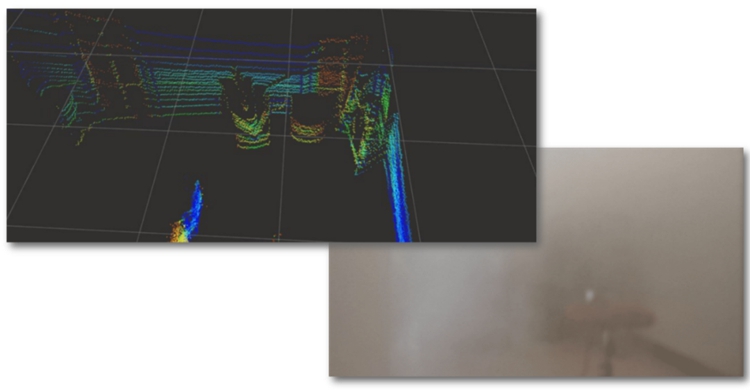
The society's continuous increase in the degree of attention to lidar has promoted the acceleration of the integration of the lidar industry. Dr. Zhang Zhiwu, the founder of Beike Tianhui, once said: "The lidar market is very large, the industry chain is very long, and the uses of lidar are also very wide. To make lidar more and better applications, innovation and technology integration are required. To be able to create valuable products around user pain points is to achieve innovation-driven."
The ever-increasing margin of industrial integration has allowed the mechanical lidar, the "old predecessor" of the LIDAR family, to shine a new light on its debut.(www.isurestar.net)

